Bell pepper - A type of popular annual plant belonging to the genus Kapsikum and the Solanaceae family. Vegetable culture is highly appreciated by people for its taste and useful properties, due to which representatives of the species can often be found in gardens and greenhouses.
There are many varieties of pepper, which according to the taste of the fruit were conditionally divided into 2 groups: bitter and sweet. The second group of plants enjoys wider popularity among vegetable growers, due to the soft, slightly sweet taste of its fruits. However, before starting cultivation, it is recommended to determine which varieties are suitable for specific climatic conditions. If sweet pepper will be grown in the suburbs, then before you buy seeds, you must determine the best varieties for this region.
Content
Features of climate and pepper cultivation in Moscow region
In the temperate continental climate of the Moscow Region, pepper can be grown both in open ground and in a greenhouse. It is the Moscow Region that is one of the most suitable regions of the country for growing plants, since the summers are wet and long, and the air temperature never rises above 40 ° С.
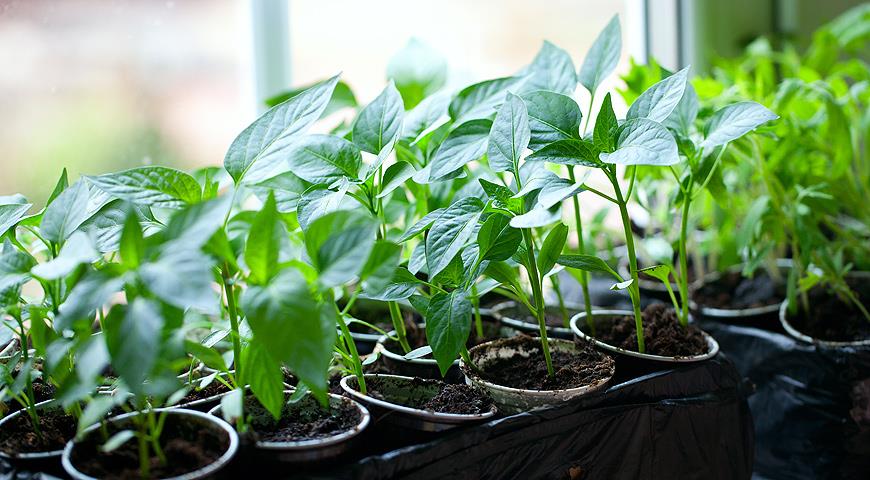
When sowing seeds directly into open ground, you can never wait for seedlings due to too frozen ground. If you postpone the sowing time of planting material, then the pepper may not yield due to the short summer. In heated greenhouses, vegetables can be grown all year round due to the constant temperature in them.
Before proceeding with the sowing of seeds for seedlings, it is necessary to determine the timing of planting, based on the climatic conditions of the region. It should be carried out 50-65 days before the vegetable is planted in a permanent place. If seedlings will be transplanted into the soil by transshipment, then it is better to sow seeds in 50 days.
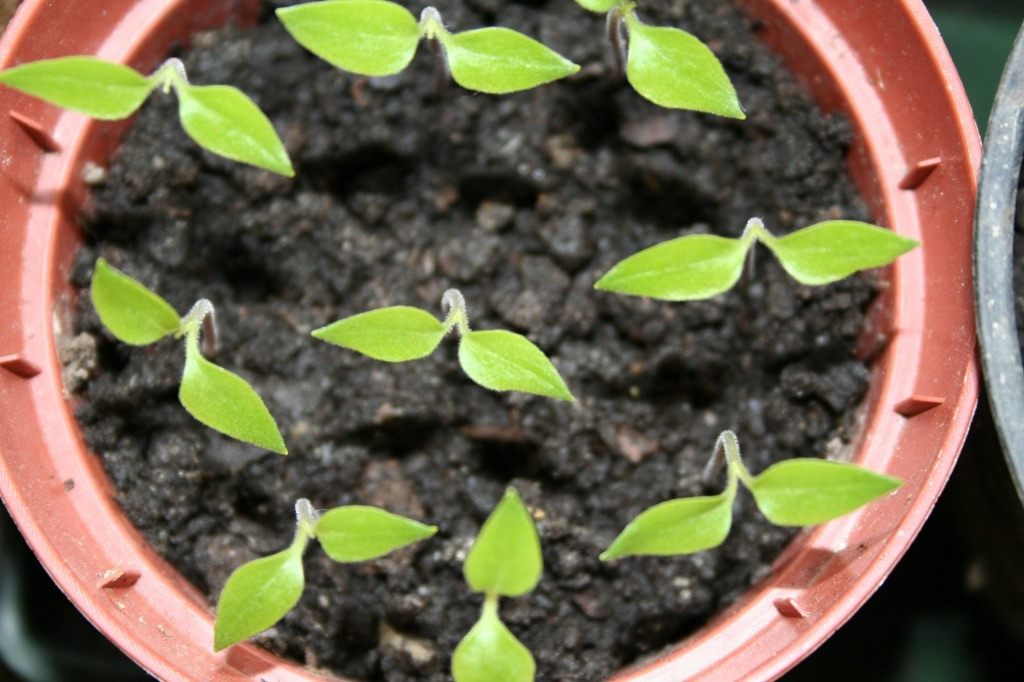
The timing also depends on whether the vegetable will be grown in open or closed. So, to grow pepper in a greenhouse, you can start sowing the material in late February or early March, so that in April or May, a young plant can be transplanted into the ground. However, if the vegetable will be grown outdoors, it is recommended to sow seeds for seedlings in late March. Since at the end of May the earth and air are warming up enough to grow a plant so whimsical to temperature.
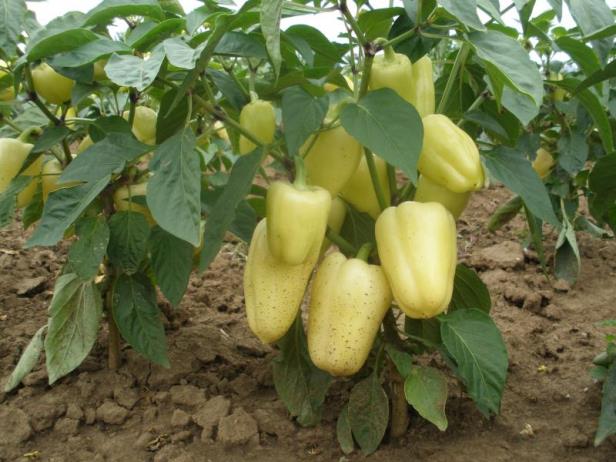 You may be interested in:
You may be interested in:Selection of sweet pepper seed varieties for open ground in the region
For open ground, it is better to choose proven plant varieties that can withstand the changing environmental conditions.Such varieties will actively bear fruit even when grown in vegetable gardens. The climate in the Moscow region can be quite severe, so for planting in open ground it is better to choose early-ripening or mid-ripening varieties of vegetables.
Gogoshary
A fairly common plant gardener among summer residents, the fruits of which are spherical in shape with pronounced lobed parts. The vegetables are not large, their weight barely reaches 100-120 g. Ripe peppers are red, but during the growing season they are painted dark green. Unripe peppers of this variety also have a light bitterness, due to which they are actively used for conservation.
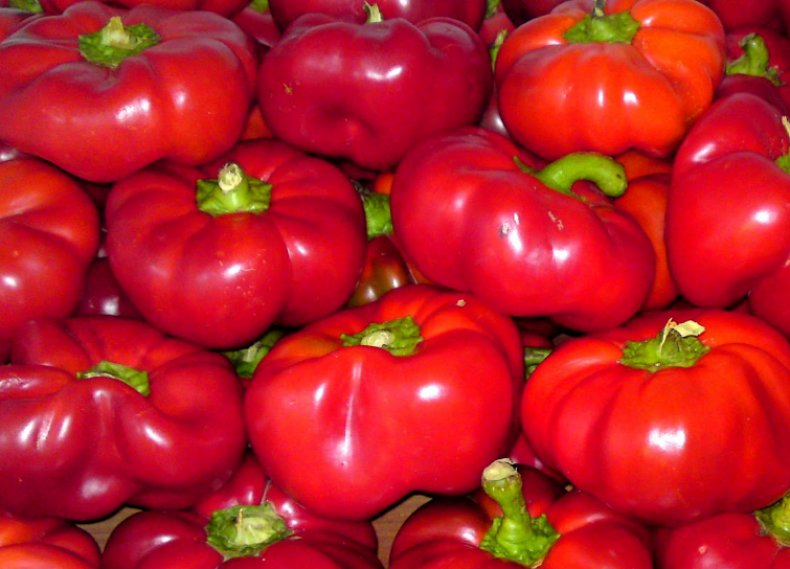
Atlantic
The most resistant to low temperatures grade of pepper, due to which it got its name. Exactly Atlantic is an ideal plant variety for growing in the Moscow region with its changeable climate. The plant has a high yield, so with 1 square. meters you can collect about 13 kg of vegetables. Dark red elongated fruits can reach a length of up to 20 cm. They retain their freshness for a rather long time after harvest.
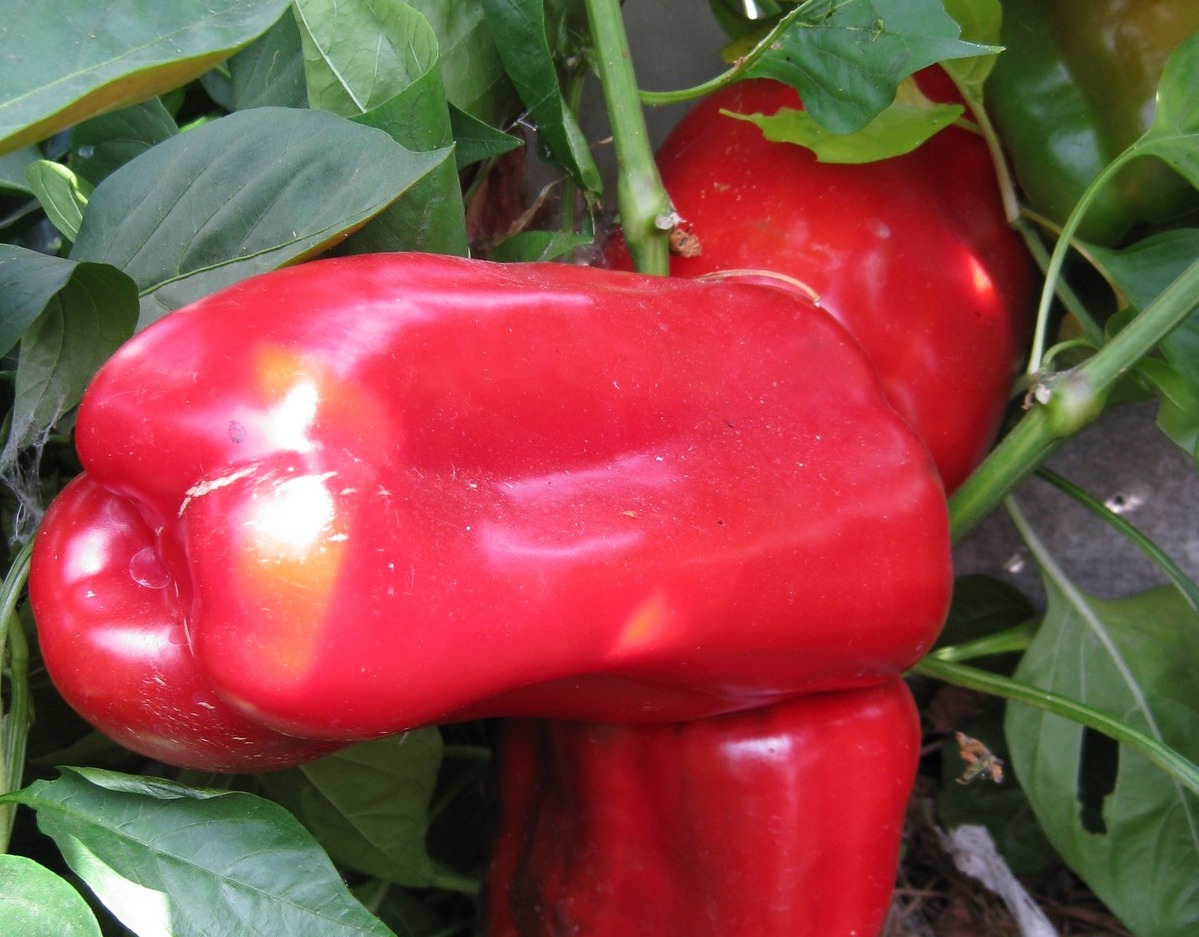
Montero F1
It is a hybrid variety of vegetable culture that needs mandatory garter. A low shrub with red prismatic fruits. The weight of one pepper can reach 300 g, and its wall thickness is 8 mm. This variety is characterized by early and high productivity. So from 4 bushes you can collect about 10 kg.
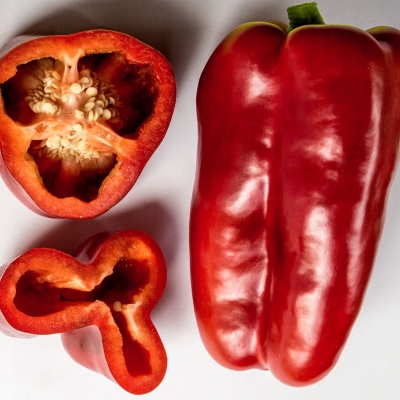
Topolin
Mid-season variety of pepper, the fruits of which have the shape of an elongated cone. The color of the vegetable is bright red. Despite the fact that the plant is not tall, it needs a garter, as the thin stems of the bush can break under the weight of the fruit. Topolin gives a good harvest - from 1 square. meters can collect about 5 kg. Fruits are great for salads, pickling and canning.
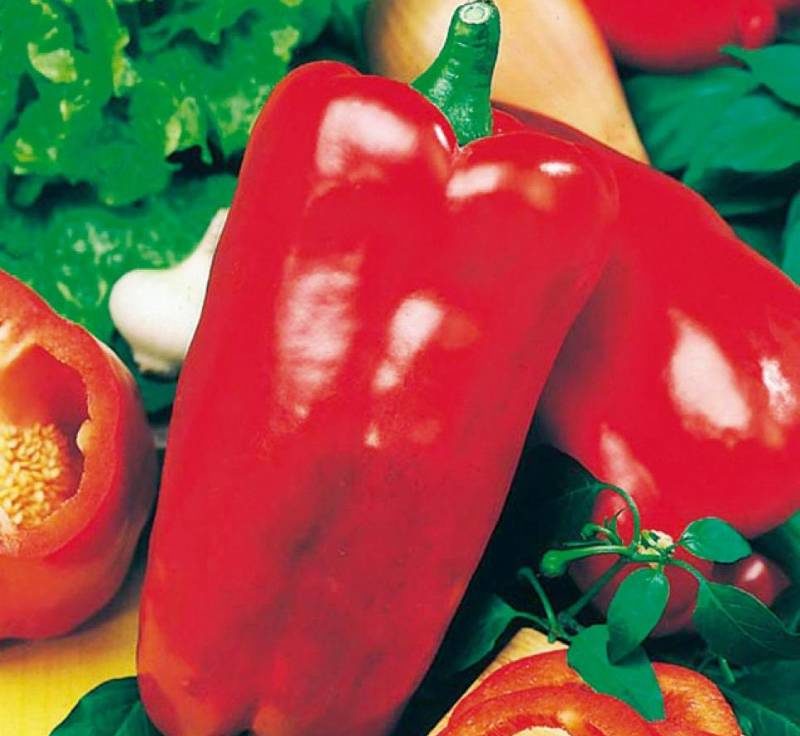
Gift of Moldova
A disease resistant variety with red cone-shaped fruits. The surface of the pepper is smooth. Refers to mid-early varieties, which gives a harvest already 120 days after seed germination. Even with poor care gives a good harvest. A short bush up to 50 cm high, needs a garter.
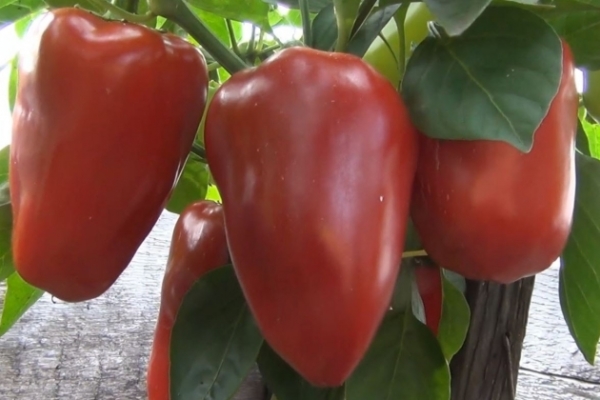
Golden Taurus
A variety of medium early ripening, the yellow fruits of which differ not only in their bright color, but also in juiciness. Fleshy glossy vegetable is widely used in cooking, being a frequent ingredient in vitamin salads and snacks. The fruits in the form of a rounded cone are quite large, their weight can reach 250 g.
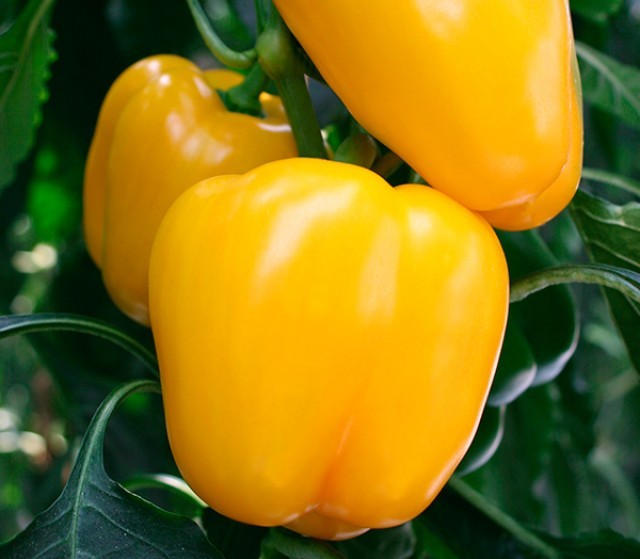
The best varieties of pepper seeds for growing in a greenhouse in the Moscow region
For cultivation in a greenhouse, it is recommended to choose varieties that are resistant to high humidity and are less demanding on lighting. In closed ground conditions, plants that are not so resistant to environmental variability can be grown, because in greenhouses it is possible to maintain optimal temperature for a long time.
When choosing varieties for planting in closed ground, it is worth giving preference to low-growing shrubs, since the territory of the greenhouse is limited.
California Miracle
Variety, which is especially appreciated by inexperienced growers, due to the fact that it quickly adapts to a new place of growth after transplanting into the ground. Slightly elongated and rounded fruits have a red color and thick walls. The mass of each fruit can reach 130 g. Planting 4 shrubs per 1 square. meter, you can get more than 2 kg of vegetables.

Orange king
Small plant related to early ripening varieties pepper. Thick-walled orange fruits look great in salads and canned foods. The shape of the vegetables is cuboid with a rounded base. The weight of one pepper ranges from 120-150 g. Due to the compactness of the plant, per 1 square. 5 meters can be grown immediately 5 shrubs.
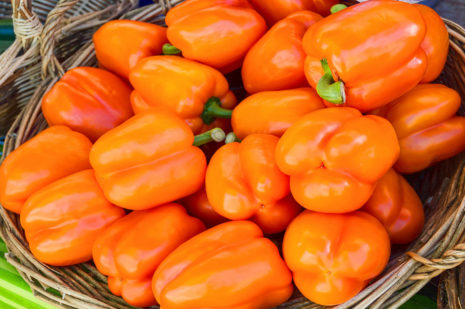
Bagration
This early ripe variety is great for growing indoors, since it grows well in conditions of high humidity and does not need a lot of light to ripen its fruits. The appearance is slightly reminiscent of a tomato or a cubic prism with a rounded base. The mass of one yellow fruit reaches more than 150 g. Unlike most of its relatives, Bagration is resistant to various diseases and pests.
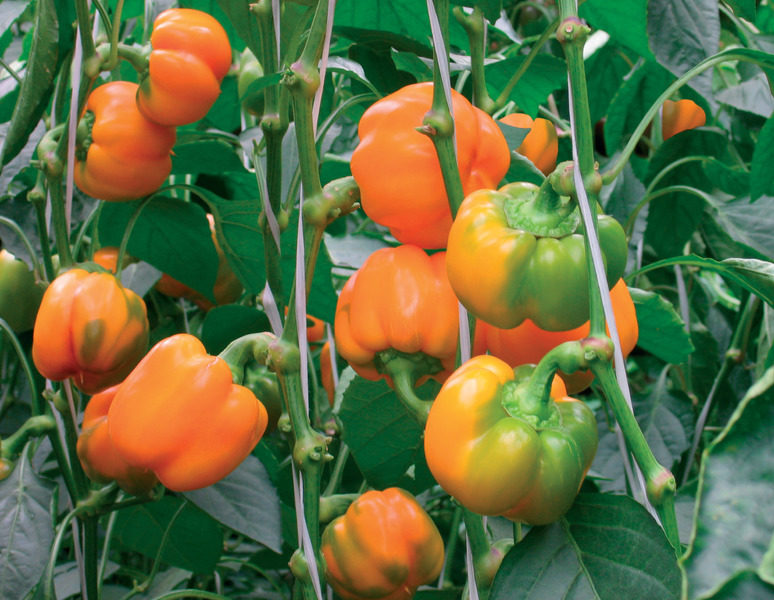
Alyonushka
A hybrid variety with a medium ripening period, with large fruits weighing from 130 to 140 g. The vegetable has a prismatic shape with a blunt top. The unripe fruit has a light green color, but biologically ripe vegetables are colored red. The plant gives a good harvest, so from 3 bushes you can collect more than 7 kg of juicy peppers with a light aroma. Suitable for raw consumption.
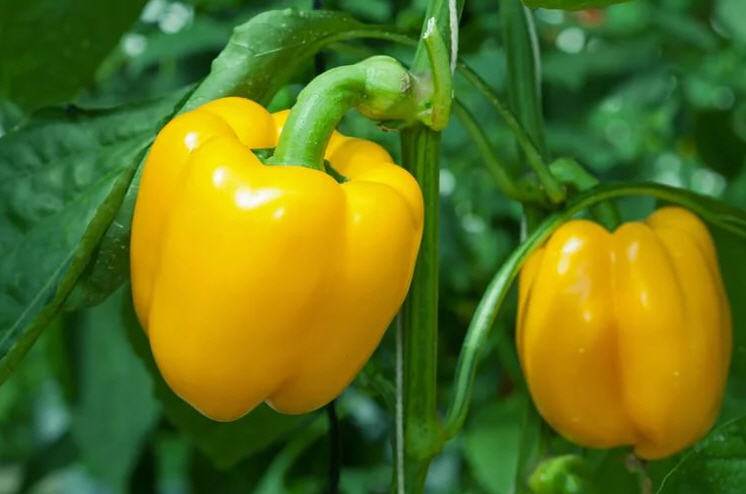
Night
Mid-late hybrid of vegetable culture, characterized by long fruiting and purple peppers. Taste qualities of the cuboid-shaped vegetable are well expressed. Pepper wall thickness can reach 7 mm. The size of the fruit is average, the weight of one vegetable, as a rule, ranges from 100-110 g. The bush can grow up to 100 cm in height, for this reason plant more than 3 pcs. per 1 square. m is not recommended.
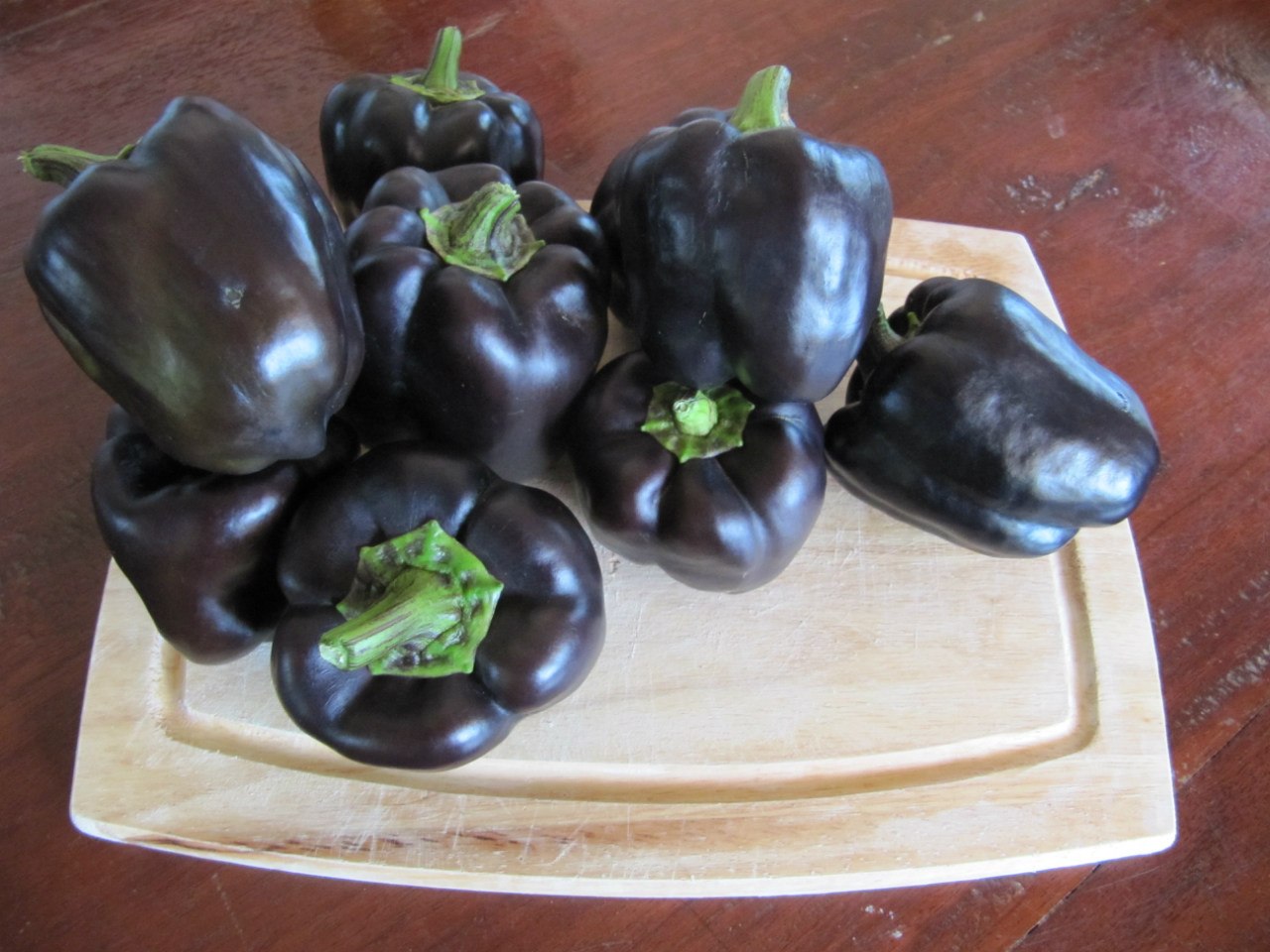
Features of seedling and crop care
Pepper can be a very capricious plant that needs careful care, especially for seedlings. The main thing is to closely monitor the temperature, humidity, as well as the frequency and quality of top dressing during crop cultivation.
Seeds that did not give the first seedlings are recommended to be kept at a temperature of 27 to 28 ° C. As soon as the first shoots appear, the room temperature can fluctuate between 15-25 ° C. The main thing is that the temperature should be higher during the day than at night.
In late February or early March, the daylight hours are still quite short, so it is recommended that the seedlings be highlighted with fitolamps. For these purposes, fluorescent lamps can also be used. The recommended time for using artificial lighting is from 8 am to 8 pm.
Moisturize the soil in which seedlings grow, it is necessary only after its top layer dries. The bay of a young plant can cause it to stretch in height and the appearance of fungal diseases. For watering, it is recommended to use "soft" water at room temperature.
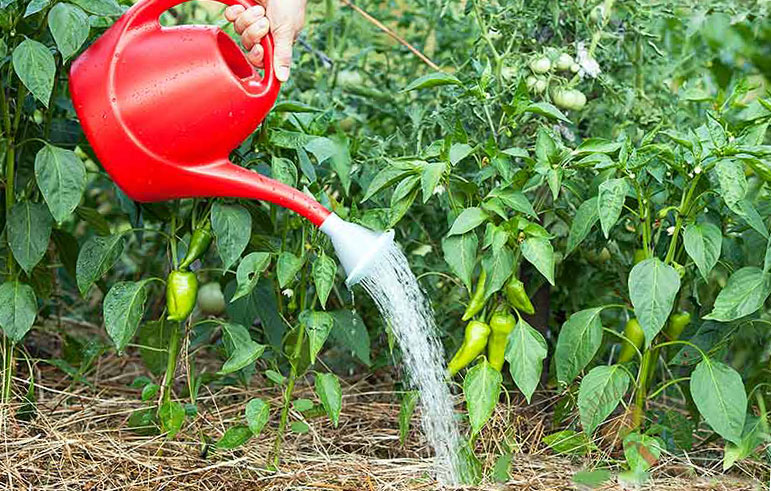
So, on hot summer days, it is recommended to water the culture daily. During the flowering period of the bush, it must be watered exclusively under the root. It is also important to loosen the soil in the garden immediately after watering in order to increase oxygen access to the root system of the bush. Loosen the soil very carefully, because the roots of the plant are too close to the surface of the soil.
After the appearance of several to the end of the formed leaves on the seedlings, it is recommended to feed the plant. Complex fertilizers specially developed for seedlings of vegetable crops are used as top dressing. After 10-14 days, fertilizer must be applied again.

As organics, you can use the infusion of mullein, diluted in water, in a ratio of 1:10.
A young plant must be prepared for planting in the ground using hardening. For this, the seedlings are taken out onto a loggia or balcony so that it gets used to the ambient temperature.Hardening is carried out gradually, with the help of daily increase in the time spent seedlings in the fresh air.
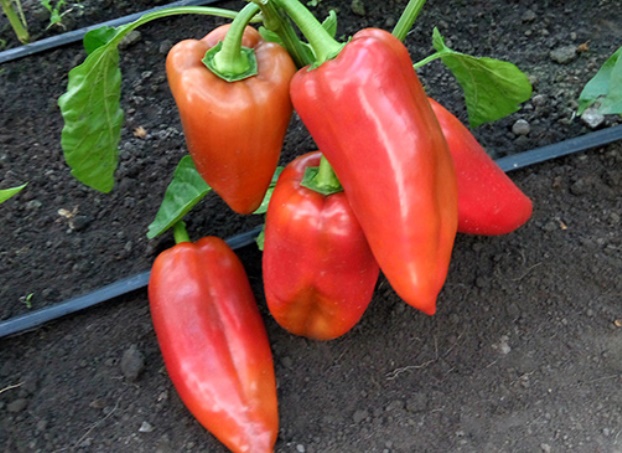 You may be interested in:
You may be interested in:Common questions
The climatic conditions of the Moscow region allow you to successfully grow sweet peppers in gardens and greenhouses. However, in order to get a guaranteed result, it is worth giving preference to early-ripening or mid-ripening varieties of pepper.




 Calorie pepper stuffed with meat and rice - BZHU per 100 grams
Calorie pepper stuffed with meat and rice - BZHU per 100 grams Gorky pepper - the best varieties for open ground
Gorky pepper - the best varieties for open ground Hot pepper seeds - the best varieties for open ground and reviews
Hot pepper seeds - the best varieties for open ground and reviews Capsicum tincture for hair - how to use and reviews
Capsicum tincture for hair - how to use and reviews